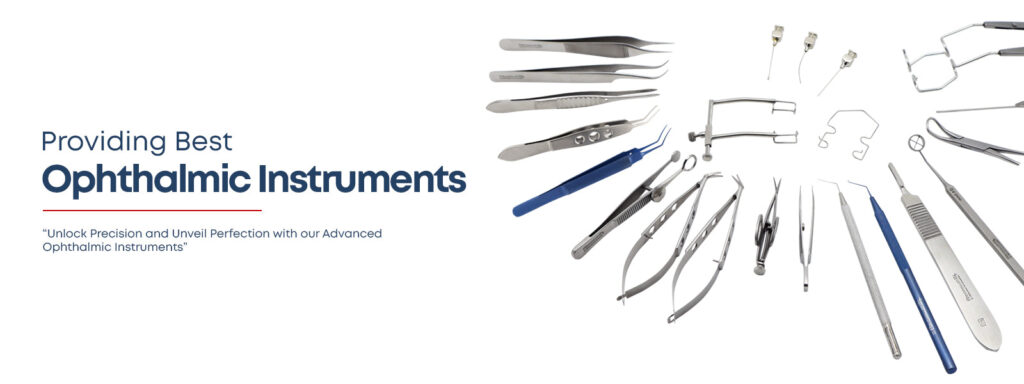
In critical healthcare settings, ensuring that a patient’s airway is properly secured is paramount. Intubation, the process of inserting a tube into the trachea to maintain an open airway, is a routine yet crucial procedure in many surgeries, emergencies, and intensive care situations. While the skill and experience of healthcare professionals play a vital role, the tools they use—particularly intubation stylets—can significantly enhance patient safety and improve outcomes.
As a trusted surgical supply store, understanding the vital role that intubation stylets play in airway management can help guide your customers in choosing the right equipment for their needs. This article explores how intubation stylets improve patient safety and why healthcare providers should prioritize them in their practices.
What Are Intubation Stylets?
An intubation stylet is a medical device inserted inside an endotracheal tube (ETT) to provide the necessary rigidity and flexibility to help guide the tube into the patient’s trachea. Intubation is typically performed when a patient is unable to breathe on their own due to anesthesia, trauma, or respiratory failure. Without the right equipment, the procedure can be difficult, especially when the airway is hard to visualize or access.
Intubation stylets come in different designs, including rigid, malleable, and pre-curved stylets, each offering distinct benefits depending on the clinical situation and the patient’s anatomy. These stylets help healthcare providers achieve precise tube placement, reduce procedure time, and minimize the risk of complications, ultimately enhancing patient safety.
How Intubation Stylets Enhance Patient Safety:
Ensuring Proper Tube Placement:
The most critical factor in airway management is ensuring the endotracheal tube is placed securely in the trachea, not the esophagus. Incorrect placement can lead to severe complications such as hypoxia (lack of oxygen), aspiration (inhalation of stomach contents), and damage to internal structures. Intubation stylets provide healthcare professionals with the guidance and control they need to insert the tube precisely, minimizing the risk of misplacement.
By giving the tube the necessary rigidity, intubation stylets allow for smoother insertion into the trachea, even in difficult airway situations. With an intubation stylet, clinicians can guide the tube along the intended path, avoiding accidental placement in the esophagus or causing injury to the trachea.
Reducing Trauma to Airway Structures:
During intubation, excessive force or improper technique can cause trauma to delicate airway structures, such as the larynx, trachea, or esophagus. This can lead to serious complications like bleeding, infection, or swelling, which could further complicate the patient’s condition.
Quality intubation stylets help reduce the risk of trauma by providing a controlled, guided approach to tube insertion. With the right stylet, clinicians can navigate through the airway with minimal force, ensuring that the tube is positioned accurately without damaging surrounding tissues. This controlled insertion leads to a safer and more comfortable procedure for the patient, promoting quicker recovery and fewer post-procedural complications.
Improving Intubation Success in Difficult Airway Cases:
Certain patients may present with challenging anatomical features that make intubation more difficult. Obesity, short necks, limited mouth opening, trauma, and abnormal airway anatomy can make it harder to visualize and navigate the airway. These cases increase the risk of a failed intubation or prolonged procedure, which can result in hypoxia, airway obstruction, or other life-threatening complications.
Intubation stylets can improve success rates in these challenging situations by providing healthcare professionals with more control over the endotracheal tube’s shape and positioning. Malleable stylets, for example, allow clinicians to shape the tube to navigate around anatomical obstacles, while rigid stylets offer extra stability and control. With the appropriate stylet, difficult airways can be managed more effectively, improving the likelihood of a successful and safe intubation.
Shortening Procedure Time:
In emergency settings, time is of the essence. Prolonged intubation attempts can compromise the patient’s oxygenation, leading to hypoxemia, which may cause brain damage or other severe complications. The faster and more efficient the intubation, the less time the patient spends without oxygen, improving overall outcomes.
Intubation stylets help streamline the process by allowing clinicians to insert the tube more quickly and with fewer adjustments. By providing the necessary rigidity, stylets enable more precise manipulation of the tube, reducing the number of attempts required to achieve successful tube placement. This time-saving benefit can be a life-saver in high-pressure situations where every second counts.
Increased Clinician Confidence:
When healthcare professionals have the right tools, they can perform procedures with greater confidence. This is especially true for procedures like intubation, where the pressure to act swiftly and accurately is high. Having access to a reliable intubation stylet ensures that clinicians can maintain control during the procedure, leading to better decision-making and a greater sense of assurance in their ability to provide safe care.
By reducing the chances of error and improving overall efficiency, intubation stylets enable clinicians to focus on patient safety and well-being, rather than worrying about the reliability of their equipment. This confidence translates to better clinical performance and more positive patient outcomes.
Why Your Surgical Supply Store Should Prioritize High-Quality Intubation Stylets:
As a medical equipment shop, your goal should be to offer the best equipment to healthcare professionals, enabling them to perform life-saving procedures safely and efficiently. The quality of the intubation stylets you stock directly impacts patient safety, and here’s why prioritizing high-quality products is essential:
Minimizing Risk for Healthcare Providers and Patients:
Low-quality or unreliable intubation stylets can fail during the procedure, leading to serious complications such as broken or bent devices, difficulty guiding the tube, or even injury to the patient. By offering top-tier stylets, your store ensures that clinicians have dependable, safe tools at their disposal, reducing risks during intubation.
Compliance and Certification:
It’s important that the intubation stylets you offer meet strict regulatory standards, such as those set by the FDA, ISO, or other regulatory bodies. Providing products that comply with these standards guarantees that your customers are using safe, effective, and legally certified equipment, further enhancing patient safety.
Building Trust and Loyalty:
Healthcare professionals rely on trusted suppliers for their life-saving tools. By offering high-quality intubation stylets, you position your store as a reliable resource for healthcare providers, building long-term trust and loyalty. Clinicians are more likely to return to your store for future equipment purchases and recommend your business to colleagues and institutions if they know that you prioritize the safety and quality of the products you provide.
Conclusion:
Intubation stylet are essential tools in airway management, providing healthcare professionals with the necessary support to perform successful intubations and enhance patient safety. By offering high-quality intubation stylets in your surgical supply store, you help improve patient outcomes, reduce complications, and ensure that clinicians can perform their duties with confidence and precision.
Prioritizing the safety, durability, and effectiveness of the products you offer not only benefits your clients but also supports the broader healthcare community in delivering better care. When you choose to invest in top-tier intubation stylets, you’re investing in the health and well-being of every patient who relies on airway management for survival.


